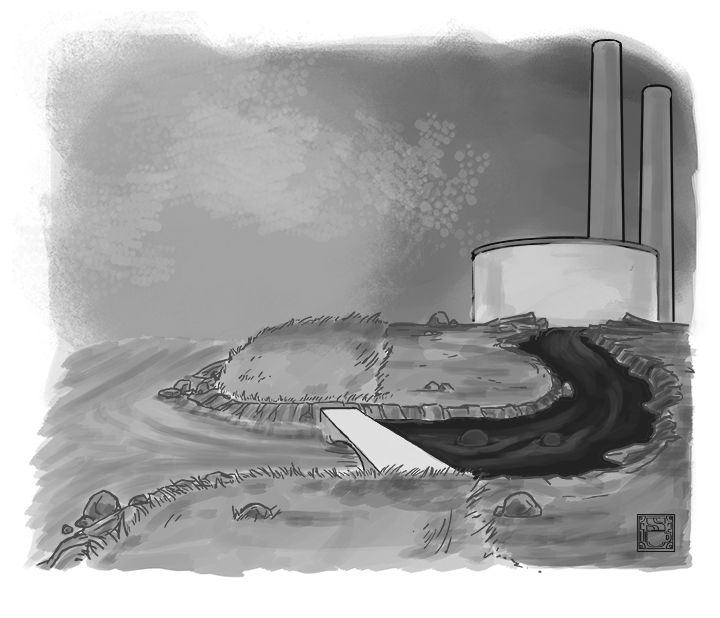Ever since humanity first decided to stop wandering through the wilderness in order to create a more permanent, stationary civilization we have engineered the land to suit our needs. From the construction of aqueducts and canals to the building of bridges, we have manipulated the world around us in order to provide the communities we built with safety and security. One specific area of civil engineering that often gets overlooked is that of environmental engineering, which (in a nut shell) uses engineering principles to protect human populations from environmental factors and mitigate deleterious effects of human activity on the environment to protect both nature and humanity by improving the overall environment.
A major component of this area of work involves the cleaning and management of pollutants and toxins via systems such as Solid Waste Management, Water Supply and Treatment, Wastewater Treatment, Air Pollution management, and Environmental Impact Assessment and Mitigation. Such systems help protect people and the environment from waterborne diseases, along with airborne and waterborne toxins, as well as assessing the potential impact of future issues and coming up with plans on how to deal with them.
Roughly 5000 years ago cities like Mohenjo-daro in the Indus Valley Civilization developed the first city sewage systems for the sake of public health, technology that would be lost during the Middle Ages and then discovered again much later. Though primitive by today’s standards their methods were quite complex and are some of the earliest examples of hydraulic engineering and included what appear to be flush toilets in many homes and a connected common pipe system, flood control, and drainage for waste with many reservoirs for fresh water supplies. All of our modern waste management technologies are built on the same basic systems that originated in a city that was constructed 500 years before the pyramids were built. If these techniques had not been lost then it is conceivable that such catastrophes as the Black Plague wouldn’t have happened or at least would have been more manageable.
Today we have scientists using computer models to track and predict air pollution dispersion, allowing them to analyze the impact of common air quality hazards like vehicle exhaust and develop ways to manage it. Similar technologies are applied to water quality and waste disposal so we can control where hazardous materials collect and treat them so they have less of an impact on the environment when they cycle back into the water table.
Many private firms, private corporations, and public institutions like the Environmental Protection Agency (EPA) employ environmental engineers. While in the US we may be used to this, there are still many areas of the world where even basic engineering techniques could save countless lives, even something as simple as properly dug wells and outhouses can help prevent illness and help communities thrive, a reminder that a little knowledge and application can go a long way.

